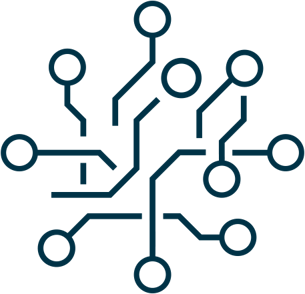Identity is a critical security factor. What is the current state of digital identity and what does this mean for business processes?
Olivier Pallière: Our lives are increasingly taking place online, and every company needs to identify its customers. While in the past identity was only used to personalize the customer experience or store a shopping cart, digital identity today is a key element of any online infrastructure. With the growing importance of digital identity, the potential for misuse has also increased. Internet fraud and identity manipulation (spoofing) are rising at an alarming rate. This underlines the urgent need for tighter regulation of identity verification.
How should companies deal with digital identities in the future?
Olivier Pallière: Companies should be aware how strategically important identity and access management is in the context of business compliance and security. The concept of the identity fabric is a promising approach here. An identity fabric generates a consolidated view of all users and their access rights across all integrated services. This increases security, improves user-friendliness, and simplifies identity and access management. The digital identities of employees, customers, and devices can be integrated into digital processes in a secure, seamless, and controlled manner.
The federal government is currently revising the E-ID Act. What will determine the success of the new E-ID?
Leo Huber: Whether and how quickly the E-ID catches on above all depends on the added value it brings in everyday use. Other decisive factors are the public's trust in the security of the solution and its user-friendliness. The federal government will operate the infrastructure for the E-ID, which can be used on a voluntary basis in both private and public environments. This certainly provides a good basis for gaining the necessary trust. It is also important that the government actively promotes use cases. One option, for example, is introducing a digital learner's driving permit.
How will we identify ourselves in ten years' time?
Leo Huber: The E-ID will be introduced incrementally with the aim of establishing a trust infrastructure. The end result will be an ecosystem where various actors of the private and public sectors are integrated into a network of trust. This will open up entirely new possibilities. For example, digital ID cards can then be used to open a bank account quickly and easily, or to prove membership in a fitness club to your health insurance provider. Users retain full control over their data in these processes. Each person decides for themselves with whom they share which information.






